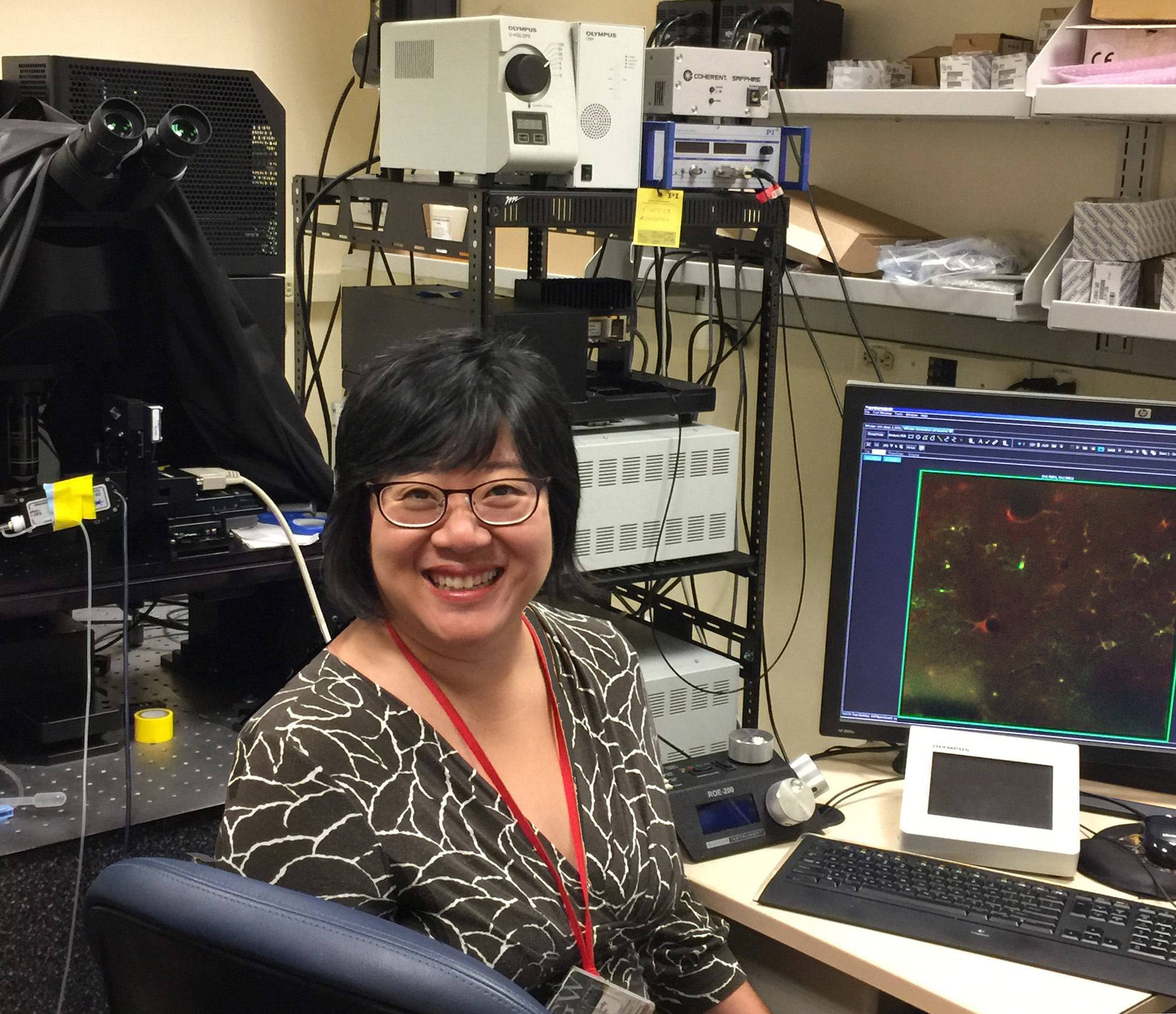Neurologist Judy Liu spends a good portion of her time caring for patients with severe neurological conditions. But when Liu steps into her lab at Brown University, she is particularly interested in a single condition: epilepsy.
Epilepsy, also known as seizures disorders, is a spectrum condition marked by sudden seizures, when the brain fires excessive electrical activity in a way that is out of control. It is the fourth most common neurological disorder and affects people of all ages—from babies and infants to the elderly.
“When a patient has a seizure, it can be dangerous,” said Liu, Sidney A. Fox and Dorothea Doctors Fox Professor of Ophthalmology and Visual Science. “They can lose motor function control. They can fall. If it goes on for too long, it can cause organ damage because of breathing problems.”
Epilepsy is a condition that Liu has seen a lot over her 19-year career as a physician and researcher. Yet, treatment options are limited. Here, Liu explains why she is dedicated to understanding the causes of this chronic disorder and how her discovery of CLOCK—a protein that tells genes when to turn on and off—can impact the development of epilepsy treatments.
Q. What sparked your interest in understanding the causes of epilepsy and identifying treatment options for this condition?
A. Epilepsy is a condition where patients have seizures out of the blue. Treatment options are so limited for epilepsy. Therefore, when I was working in my lab around 2011, I was really interested in trying to understand this disorder better. My lab team collaborated, and we continue to collaborate, with neurosurgeons who do resective treatments for epilepsy. What that means is that for most people with epilepsy, there's only a part of the brain that generates seizures. So, if that part of the brain can be taken out, a lot of times it's curative for the patients. As a scientist and as a doctor, because this brain region is so important, we decided we had to study it. My research is based on studying human tissue, and what we do is we figure out what's abnormal about that human tissue compared to the surrounding brain.
Q. How do you see the discovery of CLOCK impacting the development of epilepsy treatments?
A. CLOCK is one of the transcription factors—proteins that tell genes when to turn on and off—and it regulates day and night cycles. So, it goes up and down, depending on the time of day and the activity. It's really, really interesting. But, CLOCK is everywhere in the body. It's not just in the one area of the brain that regulates activity like day and night. We were studying all of these epilepsy brain tissues and surgery tissues, and we found that in the brain regions that were abnormal and were generating seizures,CLOCK is really dysregulated. So we made an animal model to model these kinds of dysregulation, and the animal had seizures. That's significant because the animal had seizures only during sleep. This is a protein that's known to have an affect on the day/night cycle, and now we have an animal model that only has seizures when the animal is sleeping.
The thing that really got me about this is that, as a neurologist, I know that my patients predominantly have seizures while they're sleeping. And before this, people hadn't really had a mechanism to explain why seizure susceptibility is so much worse when people are sleeping. It's very dangerous to have a seizure when you're sleeping, because you might not be in a situation where other people notice, or can help you. So, for a patient, it's terribly dangerous
Knowing what was behind this was really important, because there are drugs out there already that are known to modify CLOCK activity. So, this is something that we're actively studying. We think that by looking directly at human tissue, we can generate a list of pharmacological targets that's different than what we already have, and that's really significant for patient care. And so, the first study was basically a proof of principle, showing that it was really important to look directly first in human tissue.
Q. Given the way modern medicine treats epileptic symptoms and the recent discoveries in your field, where do you see the most promise for improvement in patient care?
A. I think new techniques that alter neuronal activity, such as neurostimulation, will be extremely important as future treatments for brain disorders. These paired with medical interventions that can be delivered directly to affected brain regions for different diseases will make a great deal of difference for our patients. This is currently science fiction, but we hope to make it a reality in the coming years.
Judy Liu is Sidney A. Fox and Dorothea Doctors Fox Professor of Ophthalmology and Visual Science, Assistant Professor of Neurology, and Assistant Professor of Molecular Biology, Cell Biology and Biochemistry at Brown University. She is also affiliated with the Carney Institute for Brain Science.
